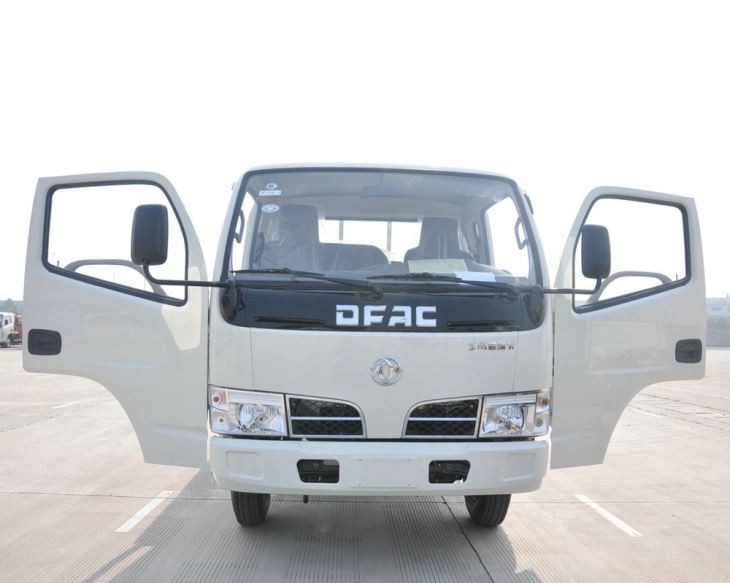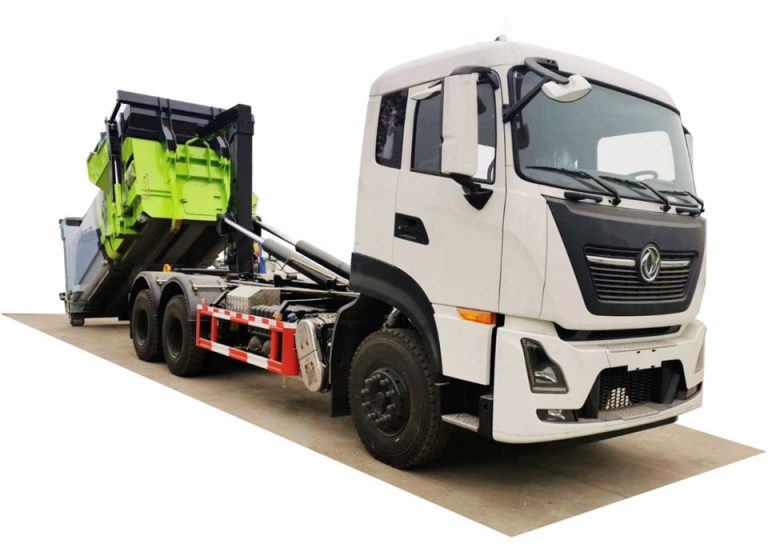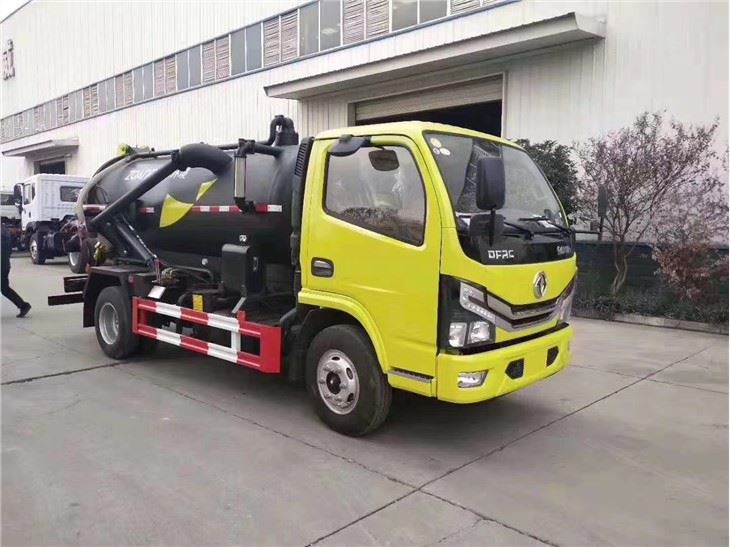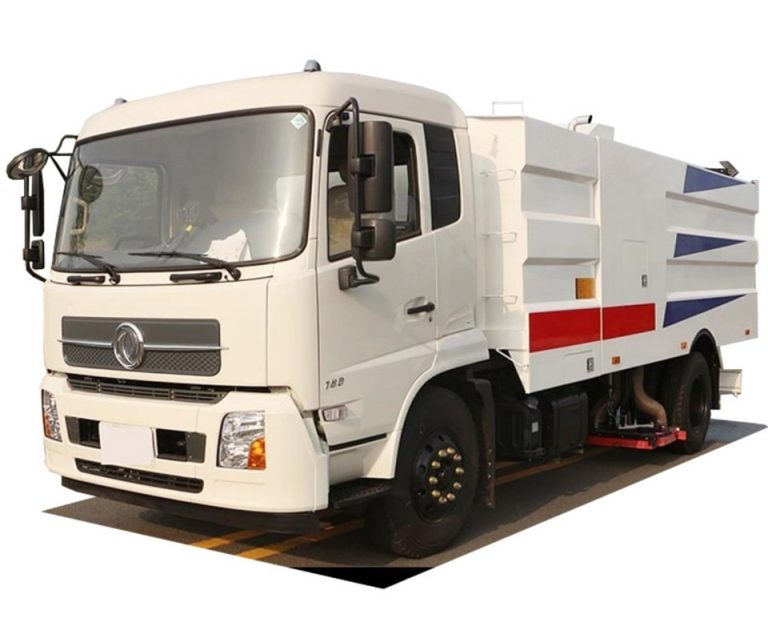When it comes to the transportation of liquefied natural gas (LNG) and other gaseous substances, understanding gas tanker capacity is crucial. This article delves deep into the factors affecting gas tanker capacity, the different types of tankers available, and practical insights for stakeholders in the gas transportation industry.
1. What Is Gas Tanker Capacity?
Gas tanker capacity refers to the maximum volume of gas a tanker can carry. It’s expressed in cubic meters (m³) and is a key parameter in shipping logistics, determining how much gas can be transported in a single journey.
1.1 Importance of Gas Tanker Capacity
The capacity of gas tankers has significant implications for shipping economics, environmental impact, and global energy supply chains. Larger capacities can lead to economies of scale, reducing costs per unit of gas transported.
2. Types of Gas Tankers
There are several types of gas tankers classified based on their construction, capacity, and the specific gases they are designed to carry.
2.1 LNG Carriers
LNG carriers are specialized ships equipped to transport liquefied natural gas. They typically have capacities ranging from 125,000 m³ to over 300,000 m³.
2.1.1 Moss-Type Tankers
Moss-type tankers have spherical tanks that are independent of the ship’s hull, allowing for greater flexibility and safety. Their capacity typically ranges from 125,000 m³ to 175,000 m³.
2.1.2 Membrane Tankers
Membrane tankers use thin membranes as their walls, maximizing space and allowing larger capacities, sometimes exceeding 200,000 m³. They are often seen in modern LNG transportation.
2.2 LPG Carriers
Liquefied petroleum gas (LPG) carriers are designed to transport gases like propane and butane. Their capacities can vary widely, from 3,000 m³ for smaller ships to over 84,000 m³ for larger vessels.
2.2.1 Fully Refrigerated Tankers
These tankers maintain low temperatures to keep gases in a liquid state, optimizing capacity. They are efficient for long-distance shipping.
2.2.2 Semi-Refrigerated Tankers
Semi-refrigerated tankers are versatile and can transport a mix of LPG and other products, often with a capacity around 10,000 m³ to 40,000 m³.
3. Factors Affecting Gas Tanker Capacity
Several factors influence the capacity of gas tankers, and understanding these can help stakeholders optimize their operations.
3.1 Design and Construction
The design of the tanks, including their shape and insulation, plays a critical role in determining total capacity. Tankers designed to be lightweight while maximizing space tend to have greater capacities.
3.2 Regulatory Compliance
International regulations and safety standards can limit the dimensions or operational specifications of tankers, inherently affecting their capacity.
3.3 Market Demand
Fluctuations in demand for natural gas or LPG can influence shipping decisions. High demand may encourage the use of larger tankers to maximize transportation efficiency.
4. Case Studies of Gas Tanker Capacity in Action
Examining real-world examples can provide further insights into gas tanker capacity and its impact on the industry.
4.1 The Gallant General and Its Impact
The Gallant General, a liquefied gas carrier, boasts a capacity of 180,000 m³ and operates on long routes between the United States and Europe. This vessel has cut transportation costs by approximately 15% due to its large capacity.
4.2 Operational Efficiency in the Asia-Pacific
In the Asia-Pacific region, gas tankers with capacities over 160,000 m³ are increasingly used to meet the growing demand for LNG, enabling countries to diversify their energy sources and enhance energy security.
5. Cost Implications of Tanker Capacity
The cost of transporting LNG and LPG is closely tied to tanker capacity. Larger ships generally have lower costs per cubic meter transported.
5.1 Cost Per Unit of Capacity
| Tanker Type | Average Capacity (m³) | Cost Per m³ Transported ($) |
|---|---|---|
| LNG Carrier | 175,000 | 0.40 |
| LPG Carrier | 30,000 | 0.60 |
5.2 Bunker Fuel Efficiency
More massive vessels usually consume less fuel per unit of transport due to economies of scale, making them more cost-effective over long distances.
6. Practical Tips for Stakeholders
Stakeholders in the gas shipping industry can adopt several strategies to leverage tanker capacity effectively.
6.1 Invest in Larger Vessels
Where feasible, investing in larger capacity vessels can lead to significant cost savings and operational efficiencies. This is particularly vital in regions with high gas demand.
6.2 Optimize Routing and Scheduling
Strategically scheduling shipments based on demand forecasts can maximize the use of tanker capacity, reducing empty returns and improving profitability.
6.3 Utilize Technology
Advanced tracking and fleet management technologies can help optimize loading and unloading processes, ensuring that tankers operate at their maximum capacity consistently.
7. Future Trends in Gas Tanker Capacity
As the demand for natural gas continues to rise, there are emerging trends related to gas tanker capacity that stakeholders should take note of.
7.1 Eco-Friendly Design Innovations
Environmentally friendly designs are becoming increasingly popular, with shipbuilders focusing on developing vessels that use less fuel per ton-mile transported.
7.2 Advancements in GPS and Navigation Technology
Improvements in navigation and routing technology will likely lead to better utilization of gas tankers, ensuring they operate closer to their maximum capacities and reducing overall transportation times.
8. Frequently Asked Questions (FAQ)
8.1 What is the average capacity of a gas tanker?
The average capacity of a gas tanker varies widely based on its type, ranging from about 3,000 m³ for smaller LPG carriers to over 300,000 m³ for larger LNG carriers.
8.2 How does the capacity of a tanker affect shipping costs?
A larger tanker capacity usually results in lower cost per cubic meter transported due to economies of scale, reducing overall shipping expenses.
8.3 What safety regulations are associated with transporting gas?
Safety regulations include stringent guidelines set by organizations such as the International Maritime Organization (IMO), ensuring that gas tankers are built and operated to prevent spills and accidents.
8.4 What factors influence the choice of tanker size?
Key factors include market demand, shipping routes, regulatory compliance, and cost efficiency. Stakeholders must assess these variables to determine the most suitable tanker size for their needs.
8.5 How often do gas tankers need maintenance?
Routine maintenance is recommended every 5-7 years, but more frequent checks are necessary for critical systems and components to ensure ongoing safety and reliability.
8.6 What future developments can we expect in gas tanker technology?
Expect advancements in eco-friendly designs, increased automation in navigation, and enhanced tracking systems to optimize capacity and emissions in gas transportation.



